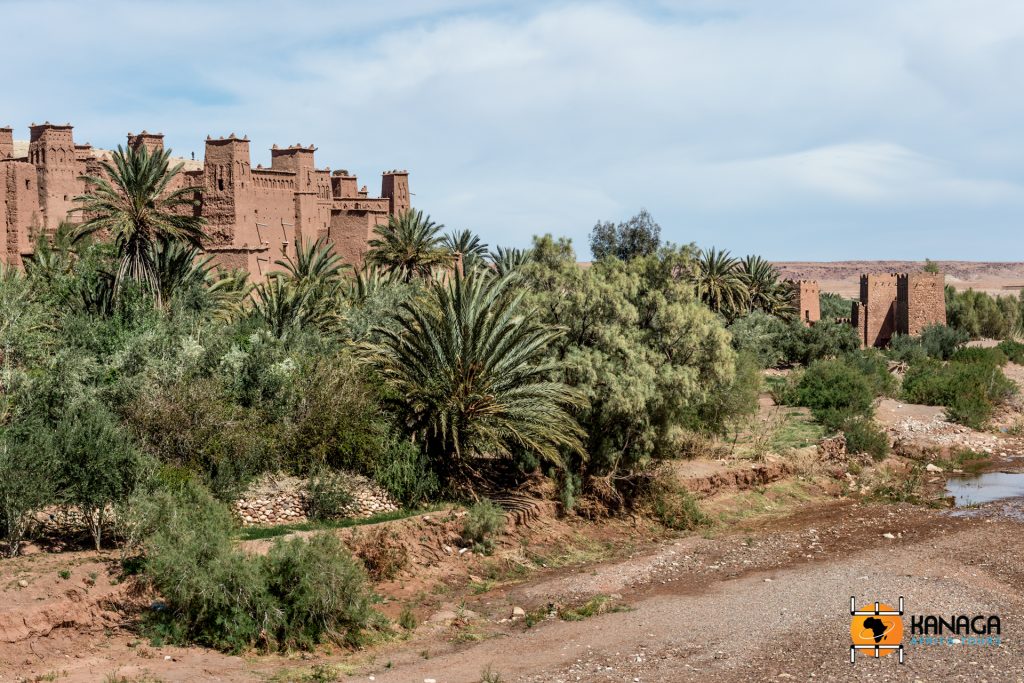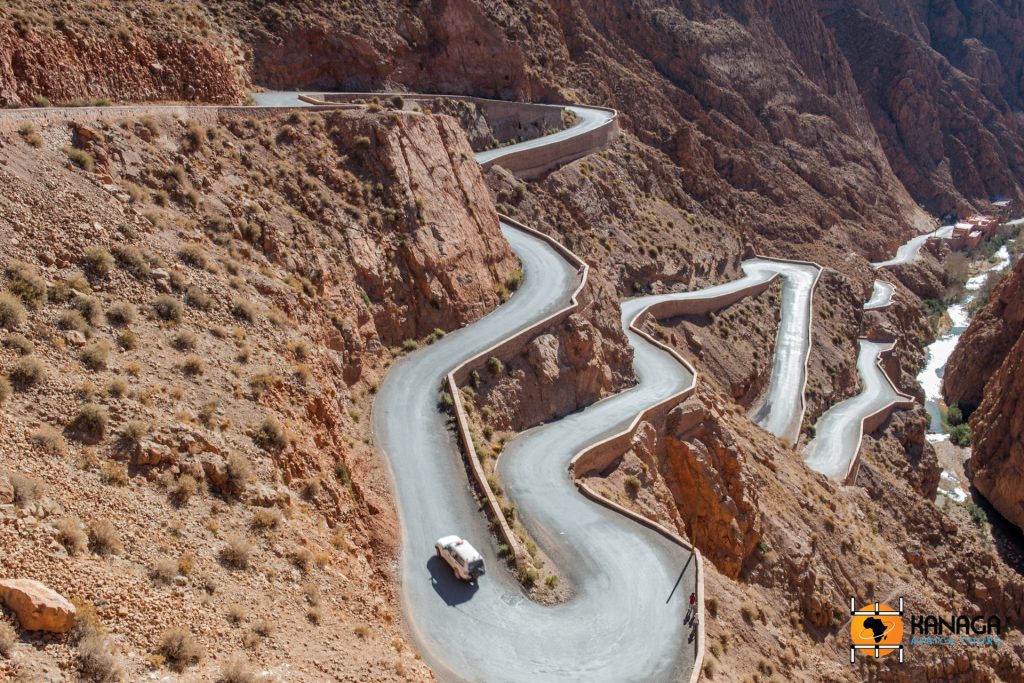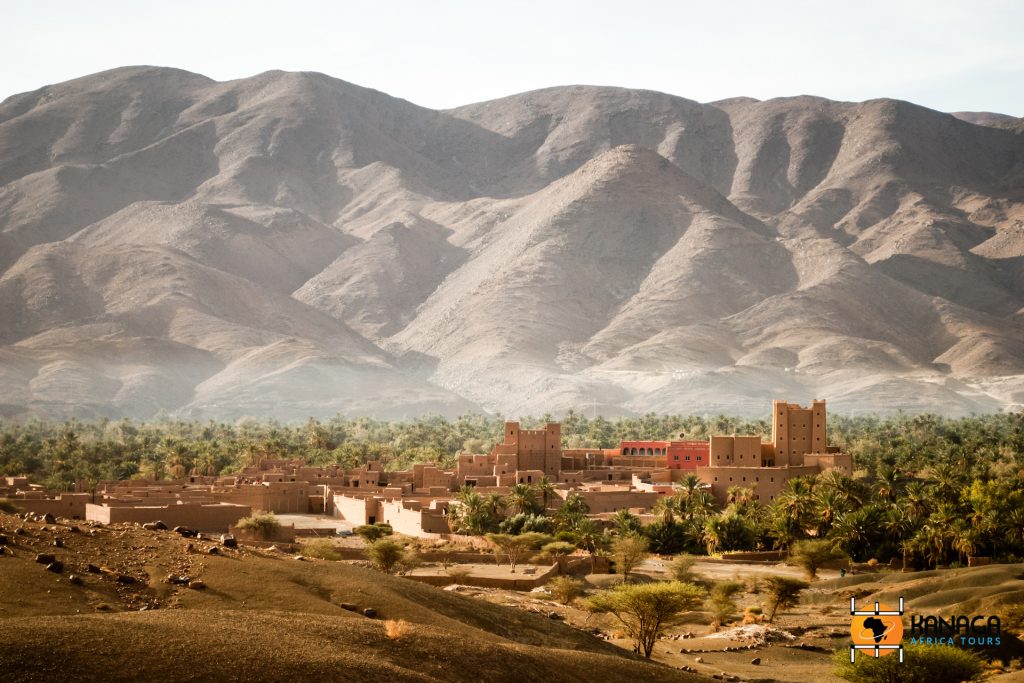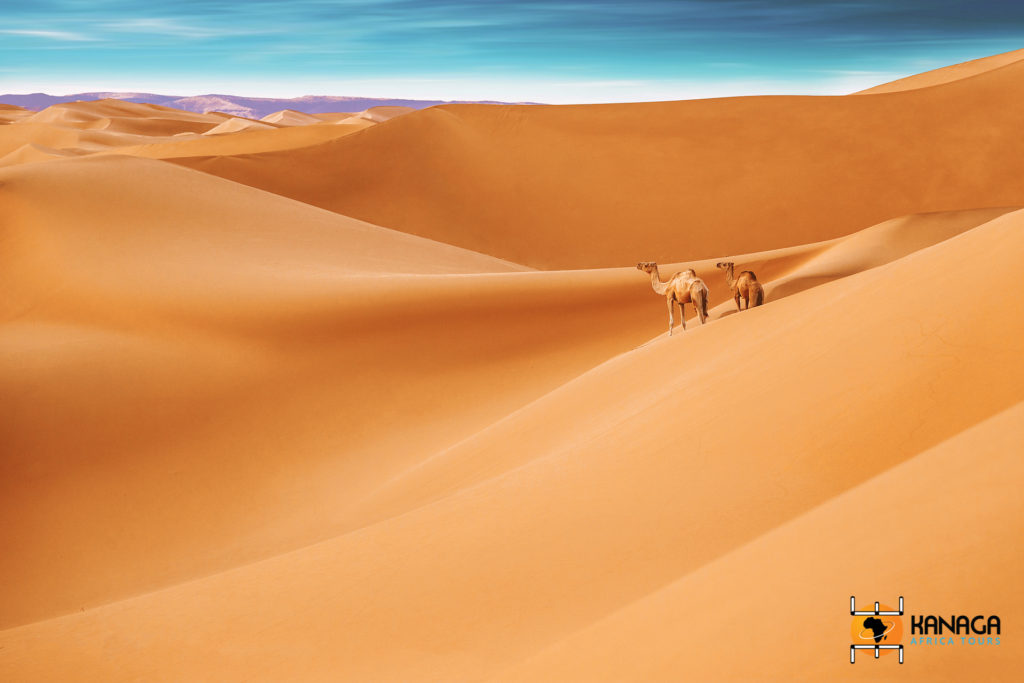© A. Pappone
The region to the east of Marrakech is undoubtedly one of the most enchanting and traditional in the whole of Morocco. The valleys that open out from the slopes and peaks of the Atlas Mountains are a world unto themselves, far from any echo of the modernity that has taken over the rest of the country.
The Aït Bougoumez Valley, known as the Happy Valley, is a paradise for trekking, nature and traditions lovers. Up until ten years ago, the access routes to these mountains consisted of vertiginous mule tracks that could only be travelled on foot or by donkey, and even today, many roads can only be travelled off-road. Here, the landscapes of rocky gorges, jagged canyons and steep slopes, barley terraces and snow-capped peaks, a prelude to the immense Saharan expanses of the south, are dotted with tiny stone and clay Berber villages (ksour), mud-brick towers and ighremt (traditional dwellings).
Further south is the Dades Valley, known as the Valley of a Thousand Kasbahs, due to the constant and characteristic presence of these traditional buildings, fortified clay palaces of the powerful local chieftains, which form striking oases with a fairy-tale atmosphere, amidst the impervious rocky passages, lush palm groves, seasonal gueltas, but also the unsuspected rose fields of the Todra Gorge.
Continuing south-east, through the desolate, lunar expanses of the Ziz Valley, where the gorges display amazing geological stratifications, we arrive at the soft dunes of the Sahara Desert near Merzouga. Here, legend has it that an entire family, who refused to give hospitality to a woman and her son, was entirely buried in sand by the wrath of God, at the point where Erg Chebbi stands today, a dune that reaches 160 m in height, in a range of indescribable shades of colour. This is one of the most beautiful desert areas for camel rides, along with the Erg Chicaga dunes, 40 km of incredibly beautiful dunes south of the Drâa Valley, where the highest ones can reach up to 300 m in height.










